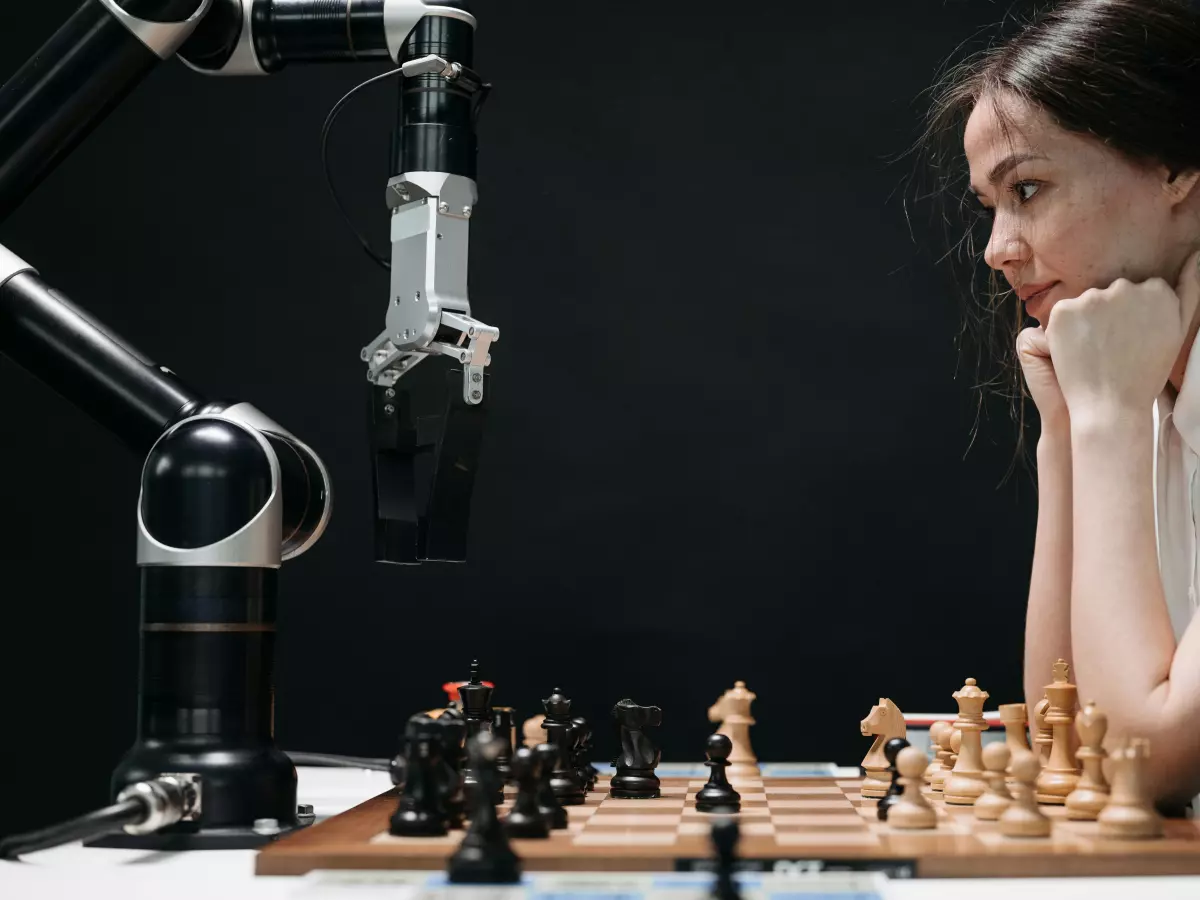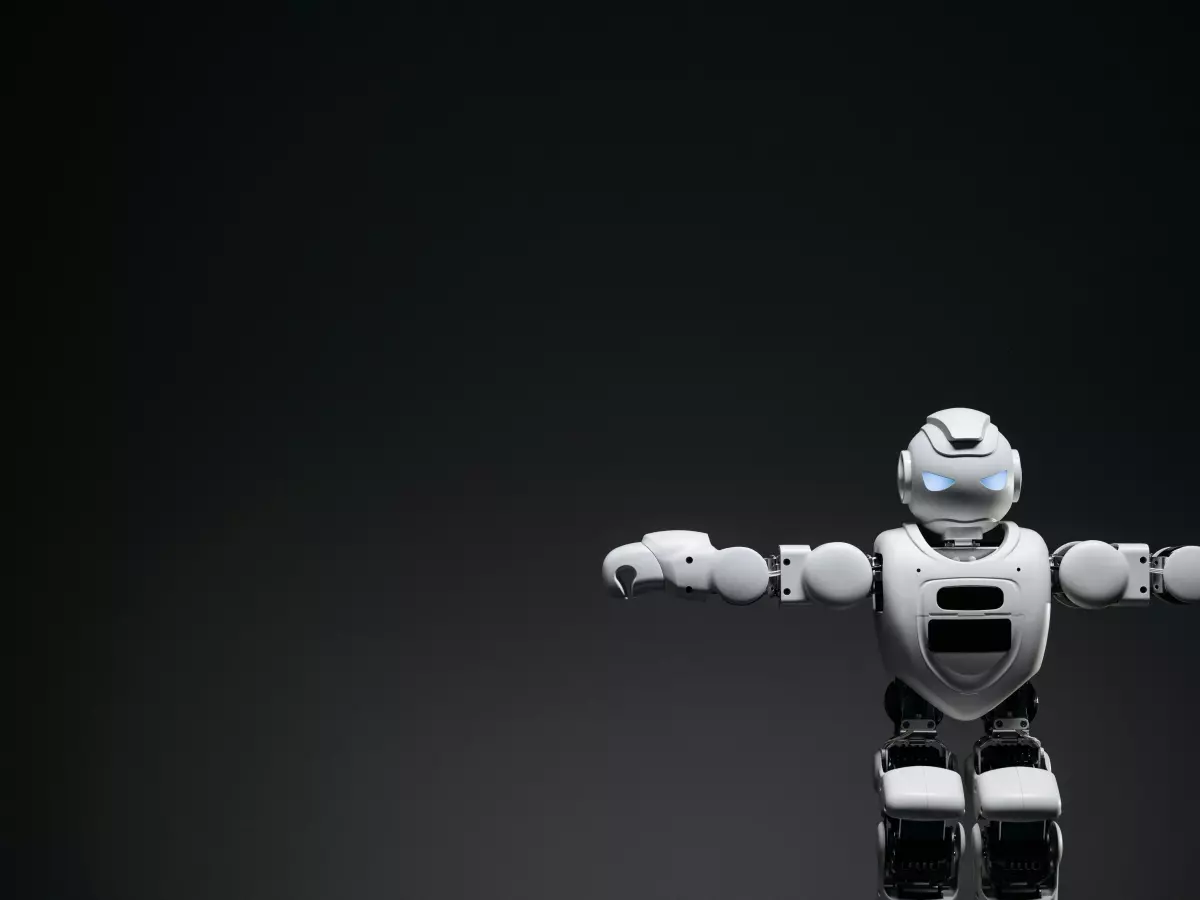Arm Mastery
Imagine a humanoid robot reaching out to grab a cup of coffee. Simple, right? Not so fast. Replicating the fluid, precise arm movements of a human is one of the most complex challenges in robotics. From the intricate design of joints to the integration of sensors and the development of motion control algorithms, there's a lot more going on than meets the eye.

By Mia Johnson
Humanoid robots are designed to mimic human actions, and one of the most critical aspects of this is arm movement. Think about it: our arms are involved in almost every task we perform, from picking up objects to gesturing while we talk. But how do robots achieve this level of realism? What makes their arm movements look so natural?
In this article, we’re diving deep into the world of humanoid robot arm design, sensor integration, and motion control algorithms. We’ll explore how these robots achieve lifelike arm movements and what challenges engineers face in making them as smooth and precise as possible.
Designing the Perfect Arm
Let’s start with the basics: the design. A humanoid robot’s arm is more than just a mechanical limb. It’s a highly complex system made up of joints, actuators, and linkages that must work together to replicate the range of motion a human arm has. The shoulder, elbow, and wrist joints all need to move in harmony, and each joint must be designed to allow for a full range of motion.
But here’s the kicker—designing an arm that can move like a human’s is only half the battle. The real challenge lies in making sure the arm can move with the same fluidity and precision that we take for granted. This is where sensor integration and motion control algorithms come into play.
Sensors: The Eyes and Ears of the Arm
Sensors are the unsung heroes of humanoid robot arm movement. Without them, the robot wouldn’t be able to sense its environment or adjust its movements accordingly. In a human arm, we rely on our senses—like sight and touch—to guide our movements. Humanoid robots do the same, but they use a combination of sensors to gather information about their surroundings.
For example, force sensors can detect how much pressure the robot is applying when it grips an object. This is crucial for tasks that require a delicate touch, like picking up a fragile object. Meanwhile, position sensors help the robot keep track of where its arm is in space, ensuring that it can move accurately and avoid obstacles.
But here’s where things get tricky: integrating all these sensors into the arm’s design is no easy feat. Engineers have to carefully place each sensor to ensure that the robot can gather the information it needs without being overwhelmed by data. Too many sensors, and the robot’s control system could get bogged down. Too few, and the robot won’t be able to move with the precision required for complex tasks.
Motion Control Algorithms: The Brain Behind the Movement
Now that we’ve covered the design and sensors, let’s talk about the real magic behind humanoid robot arm movements: motion control algorithms. These algorithms are like the brain of the robot’s arm, telling it how to move based on the information it receives from its sensors.
There are several different types of motion control algorithms, but they all have one goal: to make the robot’s movements as smooth and natural as possible. One common approach is called inverse kinematics, which involves calculating the angles of the robot’s joints to achieve a specific position. In other words, the algorithm figures out how to move the robot’s arm so that its hand ends up in the right spot.
But here’s the catch: achieving smooth, human-like movements isn’t just about getting the hand to the right position. The robot also needs to control the speed and force of its movements. This is where advanced algorithms like trajectory planning come into play. These algorithms help the robot plan its movements in advance, ensuring that it moves in a way that looks natural and avoids sudden, jerky motions.
The Challenge of Realism
So, what’s the biggest challenge in making humanoid robot arm movements look realistic? It all comes down to balancing precision and flexibility. On the one hand, the robot needs to be able to move with pinpoint accuracy, especially when performing tasks that require fine motor skills. On the other hand, it also needs to be flexible enough to adapt to changes in its environment.
For example, imagine a robot reaching out to grab an object, only to have the object move slightly. The robot needs to be able to adjust its movements in real-time, just like a human would. This requires a combination of advanced sensors and motion control algorithms that can process information quickly and make split-second adjustments.
Another challenge is energy efficiency. Moving a robot’s arm requires a lot of power, especially if the robot is performing complex tasks. Engineers have to find ways to optimize the robot’s movements to minimize energy consumption without sacrificing performance.
The Future of Humanoid Robot Arms
As technology continues to advance, we can expect humanoid robot arms to become even more lifelike. Researchers are constantly working on new designs, sensors, and algorithms that will allow robots to move with even greater precision and flexibility. One exciting area of research is the development of soft robotics, which involves creating robots with flexible, muscle-like structures that can move more naturally than traditional rigid robots.
Another promising development is the use of machine learning to improve motion control algorithms. By training robots to learn from their experiences, researchers hope to create robots that can adapt to new tasks and environments more easily. This could lead to robots that are not only more capable but also more autonomous.
In conclusion, humanoid robot arm movements are the result of a delicate balance between design, sensor integration, and motion control algorithms. While we’ve made incredible progress in recent years, there’s still a long way to go before robots can move with the same fluidity and precision as humans. But with ongoing research and innovation, the future of humanoid robot arms looks brighter than ever.





